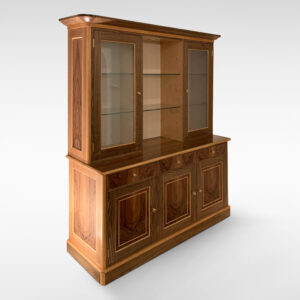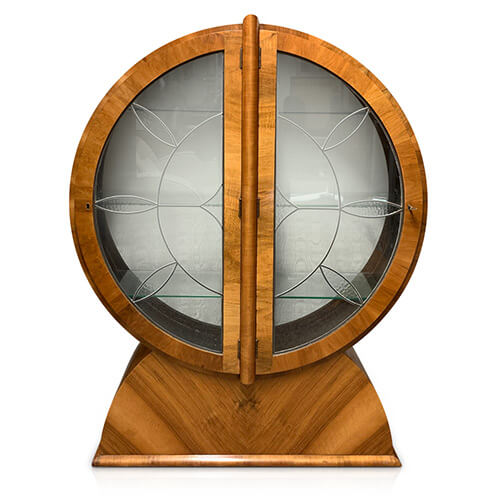It was back in 1925 that the Paris Exhibition first revealed the energy and optimism associated with Art Deco design. Everything shown by the international exhibitors had to be “modern”, showing little traditional influence, and the writhing, twisting tendrils of its predecessor Art Nouveau were yesterday’s news.
From the 1920s through to the 1940s, designers turned to geometric, stylised forms inspired by a vast repertoire of ideas: the German Bauhaus and Charles Rennie Mackintosh’s Glasgow School style; Dutch De Stijl, Viennese Secession and Russian Constructivism. Cubist painting, especially that of Pablo Picasso and Georges Braque, was one of the most common references.
The discovery of Tutankhamun’s tomb in 1922 provided a rich source of images, and designers plundered historic icons for their motifs. We see sunbursts, chevrons, zigzags and abstract patterns which had their roots in Africa, the Far East as well as ancient Egypt. In fact, the term Art Deco was not coined until 1966 when there was a revival of the original exposition.
One of the most dramatic expressions of Art Deco is found in America’s skyscrapers – remarkable buildings that tell the world that the sky’s the limit. In Britain, the stark white facades that Le Corbusier dictated for Modernism are to be seen in our Odeon cinemas, BBC Broadcasting House, the Hoover building and the Art Deco extension to Eltham Palace.
In suburbia, the “horizontal style” of domestic housing was dubbed “ultra modern” and advertised as the Home of Tomorrow. Curved suntrap bay windows in metal frames, sun terraces on flat roofs and welcoming sunray shapes set into garden gates and front doors signified that the owner was a 20th century resident.
Interiors were usually minimally decorated, the clean lines of the furniture creating a spacious, hygienic space. Lighter woods such as bird’s eye maple and bleached walnut were introduced by Britain’s top furniture manufacturers, such as Epstein, Hille and Betty Joel. Leaping gazelles climbed up wrought-iron staircases and dancing nude sculpture decorated console tables.
For those who could a taste of luxury, Rene Lalique’s opalescent glass glowed on the wall units, while Clarice Cliff’s brilliantly hued ceramics offered an affordable take on Art Deco and were sold in Woolworths.
Today, the elegant lines of Art Deco furniture, mirrors and glass, figurines and lighting, and the colourful posters and ceramics, remain highly desirable. Creating a strong statement in any contemporary setting, these are pieces that will continue to define “good taste” and “a modern outlook” over the coming decades.


